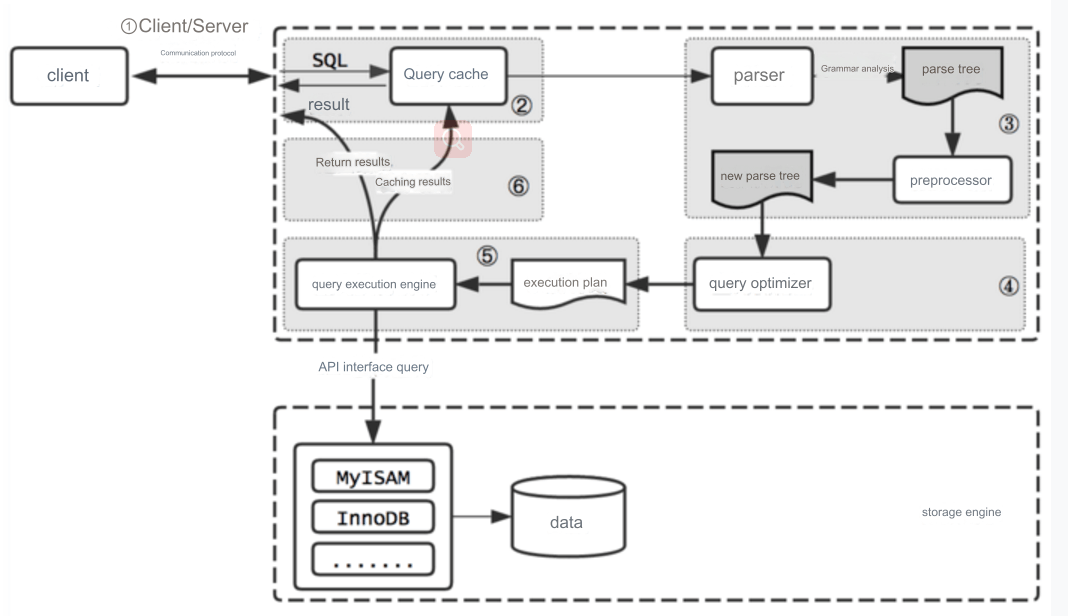This article will provide a detailed explanation of the principles, applicable scenarios, and differences between the SQL operators
EXISTSandIN, which are often used in query optimization. By understanding these two operators, readers can make better decisions when optimizing query performance. BothEXISTSandINare common subquery operators in SQL, and while they have some functional overlap, their performance and use cases vary. This article will delve into these aspects to help readers choose the right tool for better query optimization.
I. Basic Principles of EXISTS and IN
1. Principle of EXISTS
EXISTS checks if a subquery returns any rows. It is a Boolean operator that returns TRUE if the subquery returns at least one row; otherwise, it returns FALSE. Even if the subquery returns multiple rows, EXISTS stops scanning the subquery once it finds a matching row and immediately returns TRUE.
Example:
SELECT * FROM employees e WHERE EXISTS ( SELECT 1 FROM departments d WHERE d.department_id = e.department_id );
Explanation:
This query returns all employees who have a corresponding record in the departments table. In the subquery, EXISTS will return TRUE as soon as a matching record is found, regardless of how many records the subquery may return.
2. Principle of IN
IN checks if a value exists in a given set. This set can be either a defined list or the result set of a subquery. The way IN works is by comparing each row in the outer query with all the values in the subquery's result set.
Example:
SELECT * FROM employees WHERE department_id IN ( SELECT department_id FROM departments );
Explanation:
This query returns all employees who belong to an existing department. The IN subquery compares the department_id from the outer query with all matching values from the subquery result.
II. Use Cases for EXISTS and IN
1. When to Use EXISTS
EXISTS is commonly used in the following scenarios:
Checking if records exist: When you need to determine if related records exist,
EXISTSis an efficient choice since it stops once it finds the first match.Handling large datasets: When the subquery returns a large result set that doesn't need to be processed,
EXISTSmay be more advantageous thanIN.
Example:
SELECT * FROM orders o WHERE EXISTS ( SELECT 1 FROM customers c WHERE c.customer_id = o.customer_id AND c.status = 'active' );
Explanation:
This query only returns orders associated with active customers.
2. When to Use IN
IN is useful in the following scenarios:
Handling small datasets: When the subquery returns a small amount of data,
INoften performs better.Querying specific value lists:
INcan be used to specify a set of defined values, such asIN ('A', 'B', 'C'), which is common in practical development.
Example:
SELECT * FROM employees WHERE department_id IN (10, 20, 30);
Explanation:
This query returns employees who belong to departments with IDs 10, 20, or 30.
III. Performance Differences and Optimization Tips
1. Performance Differences
Size of the subquery result set: When the subquery returns a large amount of data,
EXISTSis typically faster thanINbecauseEXISTSstops as soon as it finds a matching record, whileINhas to scan the entire result set.Impact of indexing: For queries with proper indexing, the performance of
INcan approach that ofEXISTS. However, when there is no index on the subquery,EXISTSgenerally performs better.
2. Optimization Tips
Choose the right operator: When dealing with large datasets, prioritize
EXISTS. For smaller datasets,INcan be a good choice.Use indexing: Create appropriate indexes on the columns involved in both the subquery and main query to improve performance.
Avoid complex subqueries: Simplify the logic in your subqueries to reduce unnecessary calculations and data transfers.
Conclusion
In SQL query optimization, selecting between EXISTS and IN can significantly enhance query performance. EXISTS is best suited for quickly determining whether records exist, particularly when handling large datasets, while IN works better for small datasets and queries with specific value lists. By combining these two operators appropriately, you can achieve more efficient query operations in various scenarios.


